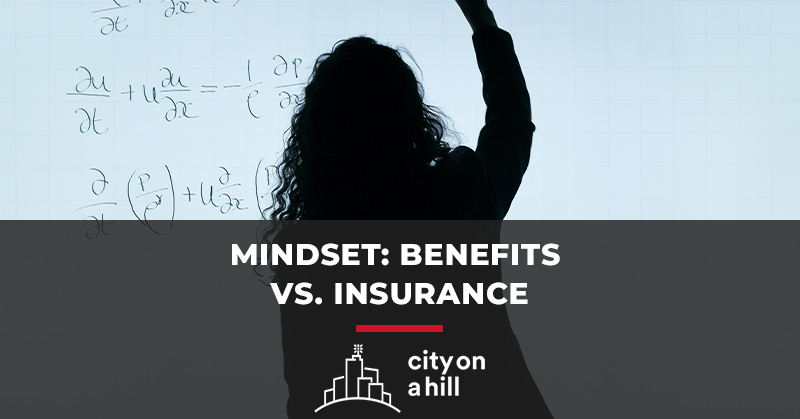Reframe the potential of your benefits plan by changing the mindset of the insurance transaction. In other words, designing a benefits program is more than signing a yearly contract renewal, paying for an insurance plan, and hoping for the best.
Educators know that being well prepared is key to the success of the students. Lessons are carefully planned with consideration given for each student’s individual needs. Students would be lost if a teacher assigned a project without reviewing the material beforehand. However, when it comes to employee benefits, most schools set it and forget it. No one does their homework or even has the education they need to do the homework.
Most organizations genuinely want the best for their employees and offering a strategically planned benefits program can be a way to translate this. A benefits program tailored to your faculty’s needs can improve recruitment and retention while potentially freeing money for other programs.
Meeting Your Unique Needs.
Many employers have key objectives for their insurance plan and use the renewal period as a time to check these boxes. Due to the cost of investment and the importance a benefits program carries, a thorough design using research and new tools that can address the changing nature of employee needs and includes the growth of the business is critical.
Educational institutions present a unique set of needs to keep in mind when developing a benefits program for its people, including tight budget constraints, compliance with government regulations, and designing communications to enhance the understanding of the programs within the day to day procedures of a school environment. If these requirements are met, your school board may see a significant return on investment.
Integrating the help of an insurance advisor or expert in benefits for educational institutions can be a useful asset.
Designing Your Unique Plan.
Beyond cost-savings, offering benefits designed for your staff is a way of letting your people know you see them as more than their profession. For example, younger employees may value paid time off, older employees may value a retirement plan, whereas employees with families may place more value in paid sick days or family plans.
There is more than asking your employees what they need, of course. Other aspects of a comprehensive benefits plan are:
- Careful financial planning – fixed premiums, routine costs of care, and the unexpected costs such as growth of the organization and the changing needs of benefits.
- Benchmarking – comparing your benefits plan metrics to other institutions to stay ahead of the competition.
- Data analysis – knowing the numbers and predictions to enable beneficial outcomes, both financially and structurally.
- Maintaining clarity with employees – hearing feedback, gathering ideas, and knowing what works for them and what doesn’t
- Offering training and Q&A’s – continuous availability to programs that can help in choosing care, understanding procedures, and bringing awareness to the available programs.
The more information your business and your employees have, the more impact your employee benefits plan will have. For example, the program has more potential to be fully utilized if the benefits have been requested directly from staff. Furthermore, awareness of the programs available can lead to fewer sick days due to preventative and diagnostic care, which leads to a more sustainable program for all.
Delivering Your Unique Benefits.
Finally, with a well-thought out plan, your institution could become unequalled, attracting top talent. Happy employees who care about their work are more likely to exceed expectations and produce higher productivity. Which in an academic world, positively impacts the students they are teaching. Investing the time and energy into a well designed benefits plan can seem challenging, but the rewards are too great to ignore.



